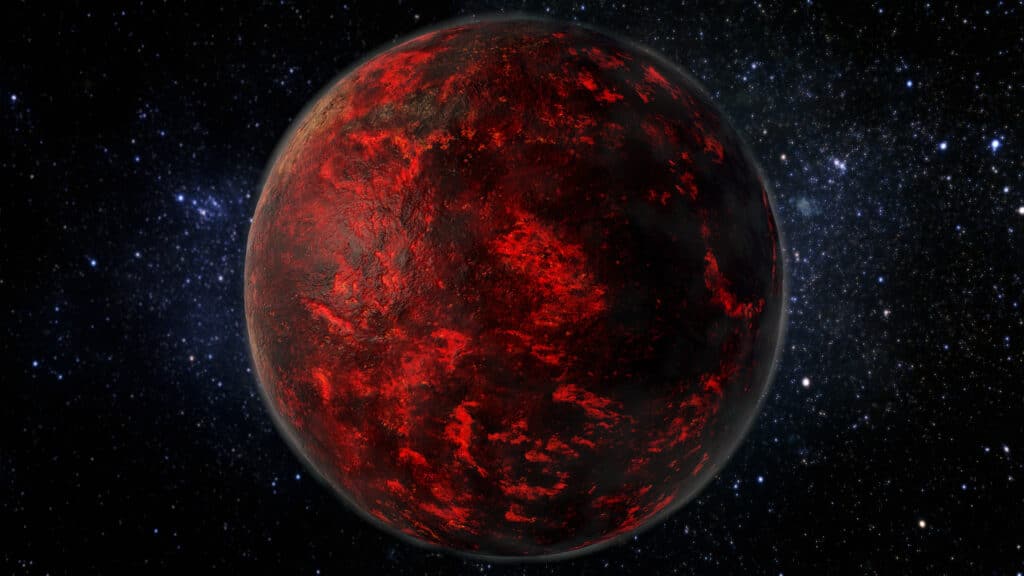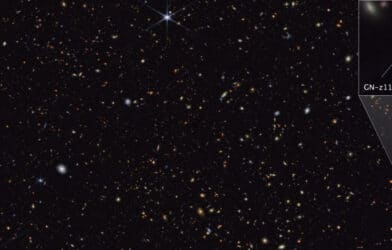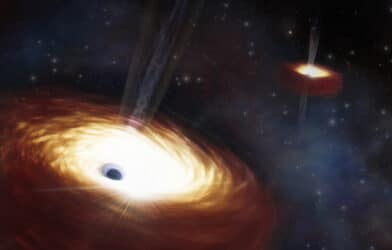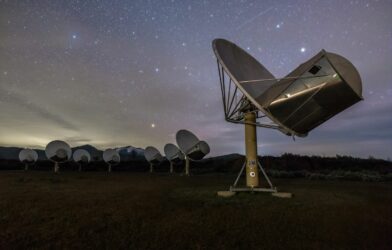Astronomers are diving deeper into understanding lava worlds, massive exoplanets vastly different from what we see in our solar system. These planets, characterized by vast oceans of magma, offer unique research avenues, particularly concerning hot rocky Super-Earths.
A recent study finds that the molten surfaces of these planets play a significant role in their evolution and physical properties. Unlike our own planet, many of these rocky exoplanets can sustain magma oceans, primarily because they orbit exceptionally close to their host stars.
This proximity leads to extremely high temperatures and harsh conditions, unsuitable for life as we know it.
“Lava worlds are very odd, very interesting things,” says study lead author Kiersten Boley, a graduate student in astronomy at The Ohio State University, in a statement.
The new findings indicate that these molten surfaces are not just unique features; they significantly influence the planets’ physical characteristics and evolutionary paths. Nearly half of the rocky exoplanets discovered so far have these magma conditions, primarily because of their closeness to their stars, which subjects them to intense heat.
However, Boley notes the challenges in studying these enigmatic worlds: “Because of the way we detect exoplanets, we’re more biased to finding them. But understanding what makes exoplanets unique and how changing elements, such as their temperatures, can completely change them is essential.”
One standout in the category of lava worlds is 55 Cancri e, situated about 41 light-years away, exhibiting both dazzling skies and turbulent lava seas. While there’s volcanic activity within our solar system, such as on Jupiter’s moon Io, there are no comparable lava planets nearby for scientists to study, making these distant worlds crucial for filling gaps in planetary science knowledge.

The research also provides insights relevant to our home planet. “When planets initially form, particularly for rocky terrestrial planets, they go through a magma ocean stage as they’re cooling down,” Boley said. “So lava worlds can give us some insight into what may have happened in the evolution of nearly any terrestrial planet.”
In their exploration, the researchers used the Exoplex software, simulating various evolutionary scenarios and surface temperatures for Earth-like planets. They discovered that depending on their magma composition, some exoplanets without atmospheres could retain volatile elements, crucial for atmosphere formation, over billions of years.
For instance, certain types of lava planets can trap significantly more water and carbon than what is found on Earth. Boley stresses the significance of this: “Being able to trap a lot of volatile elements within their mantles could have greater implications for habitability.”
However, she also highlights a critical caveat in studying these planets. “Measuring their density isn’t exactly the best way to characterize these worlds when comparing them to solid exoplanets, as a magma ocean neither significantly increases nor decreases its planet’s density,” she says.
Boley suggests that focusing on other aspects, such as changes in surface gravity, could provide clearer insights into how these hot, molten worlds function, guiding future planetary studies.
The study is published in The Astrophysical Journal.
-392x250.png)










